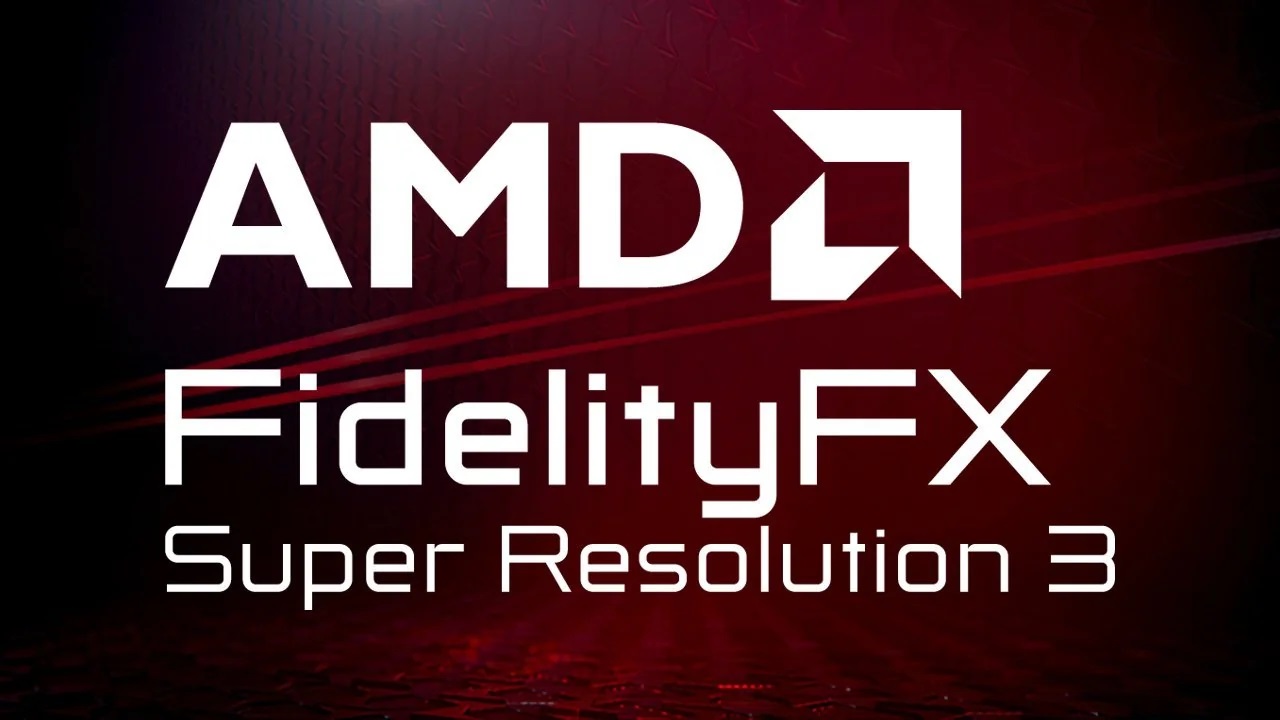Frame Generation for the masses – AMD FidelityFX Super Resolution 3 (FSR 3) is now open source
AMD’s FSR 3 technology is now available to everyone – Expect Frame Generation to become a lot more common
Starting today, AMD’s FidelityFX Super Resolution 3 (FSR 3) technology is now open source. Starting now, developers can now access source code for FSR 3 for DirectX 12 and Unreal Engine 5, allowing any developers to integrated FSR 3 into their games.
AMD’s FidelityFX Super Resolution 3 technology supersedes the company’s existing FSR 2 technology. FSR 2 only offers developers temporal upscaling, but FSR 3 delivers both temporal upscaling and frame generation. As such, AMD recommends that developers upgrade their FSR 2 games to FSR 3 to give gamers more options.
Unlike Nvidia’s competing DLSS Frame Generation technology, AMD’s FSR 3 technology is open source. This gives developers more freedom to utilise FSR 3 as they wish, and opens the door for outsiders to make changes or improvements to AMD’s technology. Additionally, AMD’s FSR 3 tech supports a broader range of graphics cards than Nvidia’s DLSS Frame Generation tech. Nvidia’s Frame Generation technique only works on RTX 40 series GPUs, whereas AMD’s works on modern GPU architectures from AMD, Nvidia, and Intel.
AMD are working to add Vulkan API support to FSR 3, and at this time AMD appears to have no plans to support DirectX 11 or other older graphical APIs.
(AMD FSR 3 on GPU Open)
Right now, AMD’s FidelityFX Super Resolution 3 technology is available in Avatar Frontiers of Pandora (PC Performance Review Here), and it is a strong showcase for the technology. In this game, FSR 3 works just as well as DLSS 3 in other games, with frame generation adding improved motion smoothness with higher frame rates.
Developers can now download AMD’s FSR 3 code here. More information about FSR 3 is available through GPU Open.
You can join the discussion on AMD’s FSR 3 technology becoming Open Source on the OC3D Forums.





